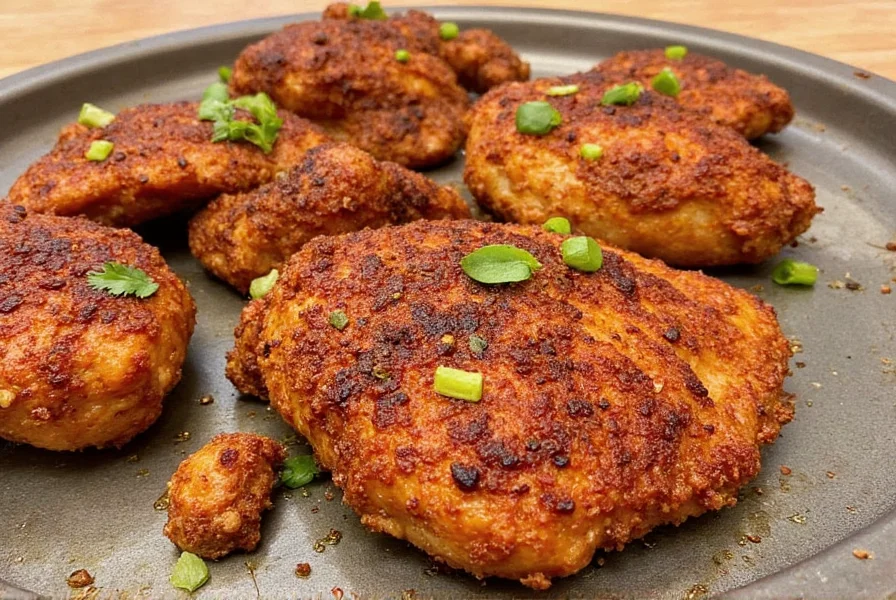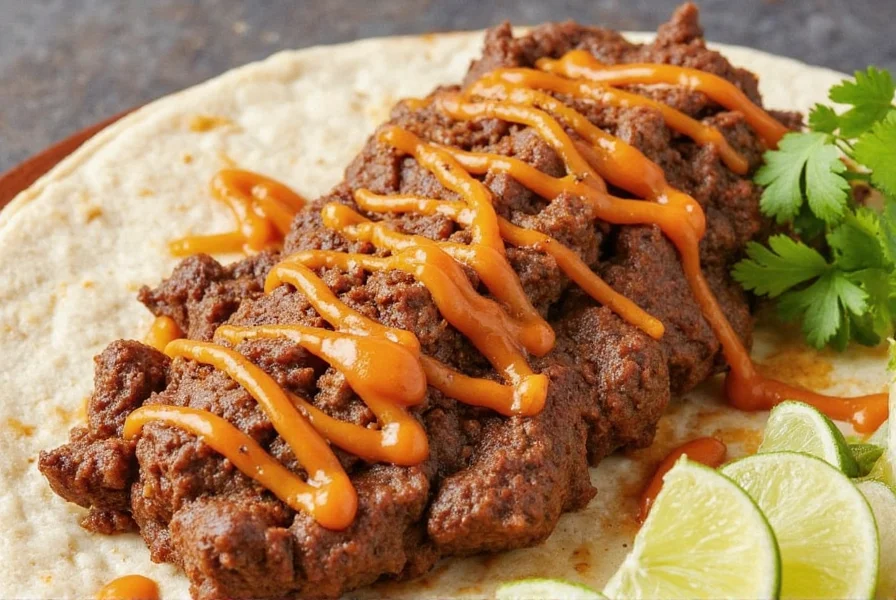Taco Tuesday, Anyone? 10 Smoky Secrets of Mexican Meat Seasoning You Can’t Live Without!
Table of Contents
- Introduction: The Spice That Turns Meat into Magic
- What Exactly Is Mexican Meat Seasoning?
- 10 Smoky Secrets to Mastering Mexican Meat Seasoning
- Buying Guide: How to Choose the Perfect Mexican Meat Seasoning
- Creative Ways to Use Your Seasoning Beyond Tacos
- Conclusion: Spicing Up Life, One Bite at a Time
Introduction: The Spice That Turns Meat into Magic
Mexican meat seasoning isn't just for tacos anymore. It's the secret weapon in your spice rack that transforms everyday proteins into flavor-packed feasts. Whether you're grilling up burgers, slow-cooking carnitas, or jazzing up chicken for fajitas, this versatile blend is a must-have.
What Exactly Is Mexican Meat Seasoning?
Mexican meat seasoning typically includes a mix of chili powders (like ancho, chipotle, or pasilla), cumin, garlic powder, onion powder, oregano, paprika, salt, and sometimes even a hint of citrus like lime zest. This blend captures the earthy, smoky, and slightly spicy essence of traditional Mexican cooking without overwhelming your palate.
10 Smoky Secrets to Mastering Mexican Meat Seasoning
- Dry Rub First: Apply the seasoning at least 30 minutes before cooking to let the flavors penetrate the meat deeply.
- Fat Equals Flavor: Choose cuts with a bit of fat—like pork shoulder or flank steak—to carry the seasoning better.
- Balance the Heat: Adjust chili levels to suit your audience. For a milder version, use more ancho than chipotle.
- Salt Smartly: If your seasoning already contains salt, be careful not to overdo it when salting the meat separately.
- Add Acid Later: Squeeze fresh lime juice over the meat after cooking to brighten the flavor.
- Toast the Spices: Lightly toast ground cumin or paprika before mixing into your seasoning for deeper flavor.
- Oil It Up: Mix your dry rub with a touch of oil to create a paste that adheres better to the meat surface.
- Let It Rest: Allow grilled or roasted meats to rest for 5–10 minutes before slicing, so juices don’t escape.
- Layer Flavors: Add adobo sauce, minced garlic, or chopped cilantro under the seasoning for extra depth.
- Smoke It: Use a smoker or add wood chips to your grill for an authentic smoky undertone.
Buying Guide: How to Choose the Perfect Mexican Meat Seasoning
When shopping for pre-made Mexican meat seasoning blends, here’s what to look for:
| Feature | Why It Matters | Top Pick |
|---|---|---|
| Natural Ingredients | No artificial additives or preservatives. Pure spices mean pure flavor. | La Flor Mexican Style Seasoning |
| Customizable Heat Level | Some blends allow you to adjust spiciness by adding more or less chili powder. | Spice Garden Fire & Earth Blend |
| Versatility | A good seasoning should work across multiple proteins and dishes—not just beef! | Goya Adobo con Chile |
| Packaging | Choose resealable containers or shakers for easy storage and access. | Rancher’s Reserve Bulk Pack |
| Certifications | Look for organic, non-GMO, or gluten-free labels if needed. | The Spice Hunter Organic Blend |

Creative Ways to Use Your Seasoning Beyond Tacos
Don’t limit yourself! Mexican meat seasoning can elevate all sorts of dishes:
- Burgers: Mix into ground beef before shaping patties.
- Eggs: Sprinkle over scrambled eggs or breakfast burritos.
- Potatoes: Toss cubed potatoes in oil and seasoning before roasting.
- Popcorn: Drizzle melted butter and season with a pinch for a snack twist.
- Vegetables: Roast cauliflower, zucchini, or carrots with seasoning for a vegan-friendly side.
Conclusion: Spicing Up Life, One Bite at a Time
Mexican meat seasoning is more than just a shortcut—it’s a passport to bold, complex flavors inspired by centuries of tradition. Whether you’re making homemade tacos or giving your Sunday roast a Latin twist, this spice blend brings warmth, culture, and excitement to your plate. So go ahead, open that jar, and let your kitchen smell like a fiesta every day.











 浙公网安备
33010002000092号
浙公网安备
33010002000092号 浙B2-20120091-4
浙B2-20120091-4